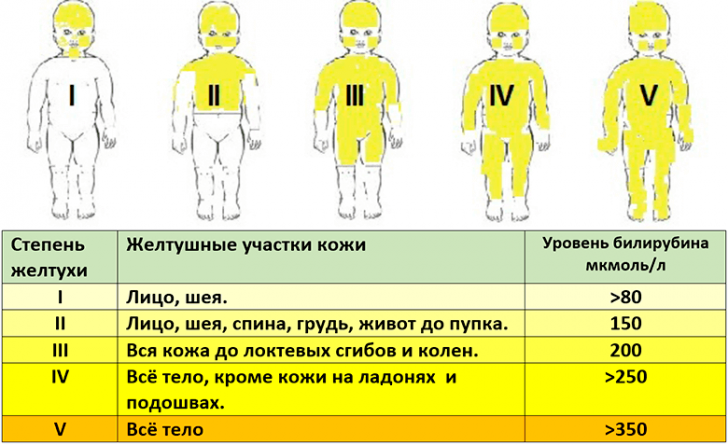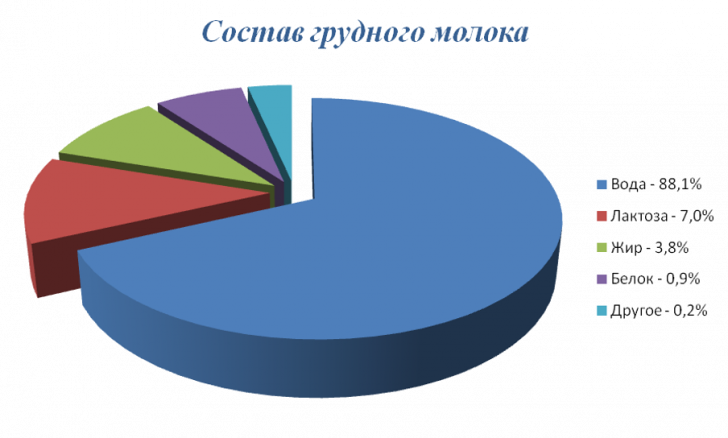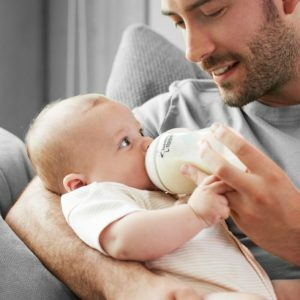Umbilical hernia in an infant

It is the umbilical hernia in an infant that usually becomes the subject of a variety of rumors and misconceptions. Some parents believe that it is possible to cure a hernia with the help of conspiracies, others prefer to stick a coin to the baby's navel. .. What is an umbilical hernia, does it require treatment, and if so, which one? All this will be discussed below.
Most often, the umbilical hernia occurs in newborns and, as a rule, within the first month after the birth of the child. Some time after the umbilical remnant disappears, a protrusion appears near the navel, which is easily inserted into the abdominal cavity. The size of this hernial protrusion usually depends on the size of the umbilical ring. The umbilical ring is the muscle surrounding the navel. In the process of delivery, the midwife cuts the umbilical cord and the muscles that surround the navel begin to contract. After all, the child does not need more to get nutrients through the umbilical cord. With its small size, the umbilical hernia only occasionally appears during a child's sudden crying or with his anxiety. With a particularly large umbilical ring( and, as a consequence, hernia) swelling in the navel is constantly visible. It increases during loud crying of the child and when it strains. The size of the hernia may increase gradually during the first months after the onset.
What causes the hernia
The main cause of the onset of umbilical hernia in an infant is a hereditary predisposition, which is the congenital weakness of the muscles of the abdominal wall. Hence, if one of the parents of the baby had this pathology in early childhood, the probability that the hernia will be in their child is approximately 70%.But there are also cases when parents did not have this pathology as a child, and the baby suddenly has an umbilical hernia after birth.
There is an opinion that the umbilical hernia arises due to the fact that during the birth the midwife "incorrectly" crossed the umbilical cord, as a result of which the child had an excessively wide umbilical ring. But this is not at all the case: the imposition of the umbilical bracket can not in any way affect the onset of umbilical hernia in children. It arises only with the anatomical weakness of the muscles in the navel.
Umbilical hernia in children is prone to self-healing. With a fairly large size of the umbilical ring and hernial protrusion, everything can be fixed easily and without consequences. To the child the hernia itself does not cause pain, but the presence of this condition in the baby is accompanied usually by bloating, which causes concern for crumbs. Umbilical hernia in a child - mostly cosmetic defect.
Treatment of
As mentioned above, umbilical hernia has a propensity for self-healing. Pediatricians recommend conducting conservative measures to eliminate the existing pathology. With the right approach to treatment, a hernia is already eliminated by half a year. What are the methods of conservative hernia treatment?
The most effective measure to prevent the development of umbilical hernia, as well as the treatment of an already existing condition, is laying the baby on the tummy. Spread the baby is recommended 15 minutes before feeding several times a day on a hard surface. It can be a special changing table or a regular table covered with a diaper. Never throw a child alone on the table for a second, even if the toddler still does not know how to turn over. When laying out, it is useful to massage the back, arms and legs of your crumbs. Just stroke it from the fingertips to the top, then from the buttocks to the shoulders.
The second method of conservative treatment of umbilical hernias, as well as a method of preventing the development of this condition is a stomach massage. In the conditions of the polyclinic, it is carried out as prescribed by the pediatrician after the child reaches the age of one and a half to two months. But massage can be done at home right after the healing of the umbilical wound. It is enough for newborns to have a few light strokes around the navel in a clockwise direction. This massage relaxes muscles well, but the movements should be extremely gentle, pleasant for the child. This reception is carried out with the palm or fingertips.
The main attention should be paid to the umbilical area. Indeed, it is because of the weakness of the rectus abdominis that an enlarged umbilical ring appears and subsequently an umbilical hernia. Place your thumb and index finger on the right and left of the baby's navel, at a distance of 1-2 cm from the center and make ten strokes with point movements. Similar pressures make also from below and from above from a belly-button. Your movements should be easy and not cause discomfort to the baby. Then, with the index and middle fingers at the same distance from the navel, do ten circular strokes clockwise. And at the end, slightly press inward hernia protrusion. Massage of the peri-oophoric region during the day is carried out two to three times.
The third method of conservative treatment of a hernia is the application of a band-aid bandage. It can be recommended as a method of treatment by a pediatrician observing a child or a surgeon. There are several ways to apply a patch. The plaster bandage can be imposed by the doctor for ten days wide( preferably 4 cm) band, from the right lumbar region to the left. That is, the dressing is applied around the abdomen. The hernial protrusion at the same time is straightened by the finger, and the rectus abdominal muscles close over the umbilical ring with two longitudinal folds. Usually a three-fold treatment of a similar bandage( three times for 10 days) is enough for the final cure. This option of applying a plaster pediatricians in our days are rarely used, because the patch often causes skin irritation in the child.
If all the measures of conservative treatment in the complex are ineffective and the hernia of a baby persists after a year, then surgery is shown to eliminate this cosmetic defect. The question of the need for surgery is decided jointly by the pediatrician and the surgeon observing the baby.



